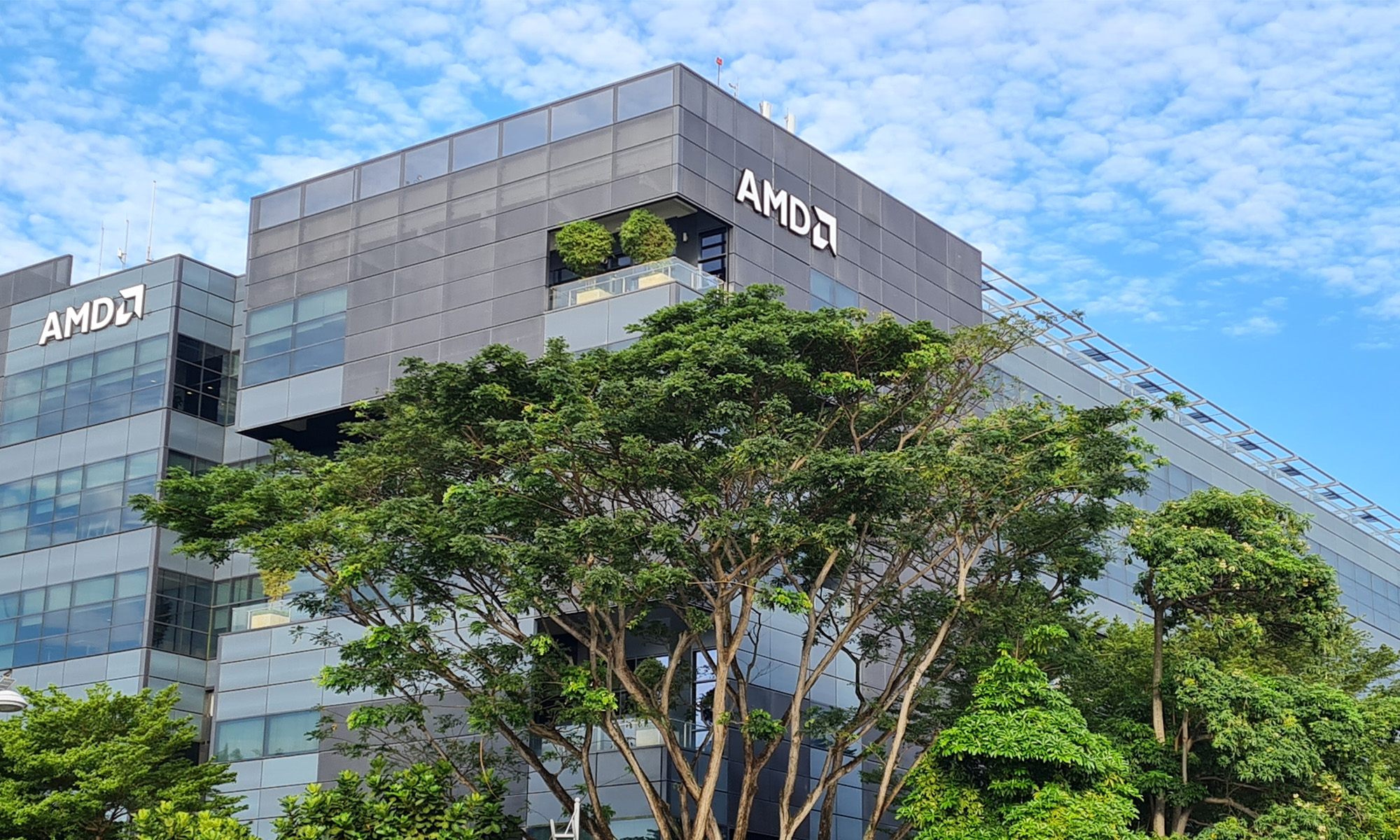Advanced Micro Devices (AMD +0.10%) is fast becoming the closest alternative to Nvidia as a credible second supplier of artificial intelligence (AI) chips to hyperscalers, sovereign AI programs, and larger enterprises building AI infrastructure globally.

Image source: Getty Images.
With its next-generation EPYC processors and upcoming Instinct MI450 series of GPUs, AMD expects to capture its share of data center spending, which is expected to reach nearly $6.7 trillion by 2030. Investors hope the stock will move higher as it does.
Growth engine
AMD is already seeing robust adoption of its EPYC server CPUs and MI350 data-center GPUs in the training and inference (real-time deployment) of complex AI models at data centers, as well as for powering the surging agentic AI workloads of large enterprises. Financial gains have followed.

NASDAQ: AMD
Key Data Points
In the third quarter of fiscal 2025 (ending Sept. 27), AMD's revenue soared 36% year over year to $9.2 billion, while net income rose 43% to $1.2 billion.
Further growth seems imminent. AMD recently signed a multiyear agreement with OpenAI to supply six gigawatts of AI compute capacity powered by its next-generation Instinct 450 GPUs. The company expects to deploy the first gigawatt in the second half of 2026. Oracle has also announced plans to deploy tens of thousands of MI450 GPUs over the next few years.
Upcoming catalysts
Besides hardware, AMD released the ROCm 7 software stack, which demonstrated 4.6 times higher performance in inference workloads and 3 times higher in training performance as the ROCm 6 version. This is driving adoption among users.
AMD is also getting ready for the 2026 launch of its Helios rack-scale systems, which integrate EPYC CPUs, Instinct GPUs, and Pensando networking. Since these systems are optimized for performance, power efficiency, and cooling, Helios may see significant demand in AI clusters.
AMD trades at 13.3 times sales, which is higher than its five-year average of 8.6. However, the premium is justified considering its solid structural tailwinds. While the stock has shed some gains due to recent layoff data, it appears to be a good long-term pick, even at an elevated valuation.





